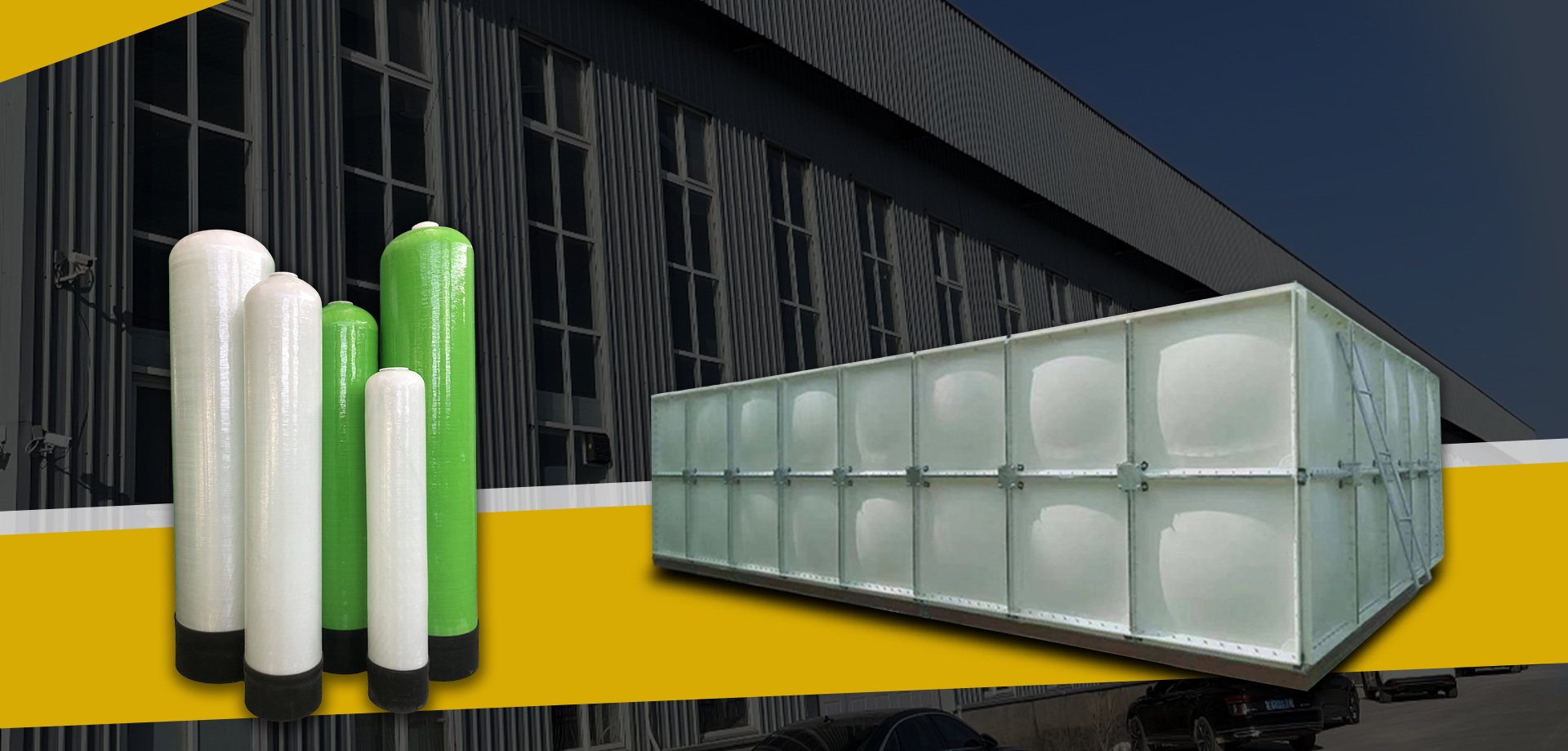loading...
- No. 9, Xingyuan South Street, Dongwaihuan Road, Zaoqiang County, Hengshui, Hebei, China
- admin@zjcomposites.com
- +86 15097380338
- Welcome to visit our website!
frp grating cost
Cost Considerations for FRP Grating An Overview
Fiber Reinforced Plastic (FRP) grating has emerged as a versatile solution in various industrial applications due to its unique properties, including corrosion resistance, lightweight nature, and high strength-to-weight ratio. However, one of the key factors that influence the adoption of FRP grating is its cost, which can vary significantly based on several factors.
Cost Considerations for FRP Grating An Overview
Another factor impacting the cost of FRP grating is the type and configuration of the grating itself. There are various styles and sizes available, ranging from standard panels to custom designs tailored for specific applications. Custom fabrication typically incurs additional costs, but it is often essential for projects that demand unique dimensions or features. Moreover, various loading capacities and chemical resistance levels may also affect pricing, as higher specifications generally lead to increased costs.
frp grating cost

Transport and installation expenses should also be factored into the overall cost of FRP grating. Although FRP is lighter than traditional materials, which can reduce transport costs, the logistical aspects of installation can vary widely depending on the project site. For instance, special tools or equipment might be necessary for handling and securing the grating, particularly in complex installations or challenging environments. As a result, these ancillary costs can add to the total expenditure.
Additionally, life-cycle cost analysis becomes critical when evaluating the financial implications of using FRP grating. While the initial purchase price may be steeper, FRP grating typically requires less maintenance and has a longer lifespan than many alternatives, especially in corrosive environments. This longevity can translate into lower replacement cycles and fewer disruptions, making FRP a cost-effective choice in the long run.
In conclusion, while the upfront cost of FRP grating may seem high, a comprehensive evaluation of its benefits reveals that it can be a economically sound investment. By considering factors such as durability, maintenance, transport, and installation, stakeholders can make informed decisions that align with their project requirements and budget constraints. Ultimately, understanding the cost dynamics of FRP grating is essential for maximizing its value across various applications.
-
the-expansive-industrial-reign-of-frp-pressure-vesselsNewsAug.22,2025
-
manufacturing-premium-frp-square-pipes-for-global-wholesale-excellenceNewsAug.22,2025
-
strategic-applications-for-frp-grating-solutionsNewsAug.22,2025
-
material-science-forging-grp-water-tank-longevityNewsAug.22,2025
-
the-engineered-excellence-material-science-behind-frp-railing-systemsNewsAug.22,2025
-
how-digital-pultrusion-revolutionizes-frp-profile-wholesalingNewsAug.22,2025
-
The Rise of FRP Profiles: Strong, Lightweight, and Built to LastNewsJul.14,2025
